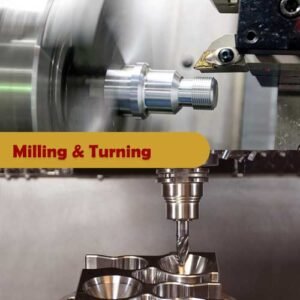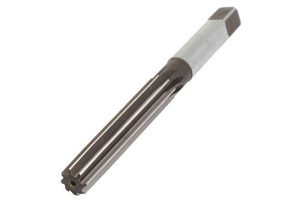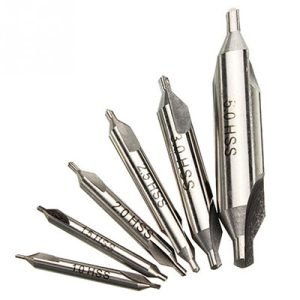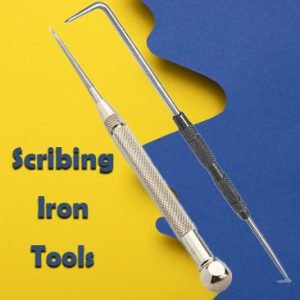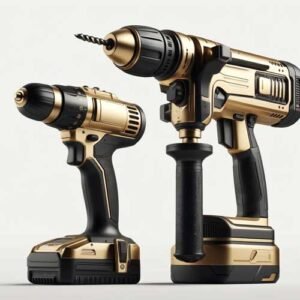A Beginner’s Guide to Spring Collets
When it comes to precision machining, the importance of using the right tool cannot be overstated. One essential component in this arena is the spring collet. Whether you’re new to machining or looking to brush up on your knowledge, this guide will provide a comprehensive overview of spring collets, their uses, and why they are crucial in the industrial tools landscape.
What is a Spring Collet?
A spring collet is a type of chuck used to hold a workpiece or a tool in place with high precision. It is made from spring steel, allowing it to contract and expand slightly to grip various sizes of tools or workpieces securely. The primary function of a spring collet is to ensure that the tool or workpiece is held tightly during machining operations, which is critical for maintaining accuracy and precision.
Art of Machining: Exploring the Depths of Milling and Turning
Types of Spring Collets
There are several types of spring collets, Here is a table summarizing the different types of spring collet and their specific applications:
| Type of Spring Collet | Common Applications | Key Features |
| ER Collets | CNC machines, milling, drilling | Wide clamping range, versatility |
| R8 Collets | Milling machines | Strong grip on end mills and tools |
| 5C Collets | Lathes, grinders | Ideal for holding round, hex, and square bars |
| DA Collets (Double Angle) | High-speed machining | High precision, strong clamping force |
This table should help provide a quick reference for beginners to understand the different types of spring collets and their uses.
How Do Spring Collets Work?
Spring collets work through a combination of their tapered shape and the elasticity of the spring steel from which they are made. Here’s a simplified explanation:
- Insertion: The collet is inserted into a collet chuck or holder. The taper on the collet matches the taper in the chuck.
- Tool or Workpiece Insertion: The tool or workpiece is then inserted into the center of the collet.
- Tightening: As the collet chuck is tightened, the collet is compressed due to the taper. This compression forces the collet to contract, gripping the tool or workpiece tightly.
- Secure Holding: The elasticity of the spring steel ensures that the collet maintains a firm grip on the tool or workpiece, even under high-speed machining operations.
Benefits and Tips of Using Spring Collet
Here is a table that outlines the benefits of using spring collets and tips for their proper use:
| Benefits of Spring Collets | Tips for Using Spring Collets |
| Precision: Exceptional concentricity ensures tools and workpieces are perfectly centered. | Proper Maintenance: Regularly clean collets to remove debris or residue for optimal performance and longevity. |
| Versatility: Suitable for a wide range of tools and workpieces. | Correct Sizing: Always use the correct size collet for your tool or workpiece to ensure a proper grip. |
| Grip Strength: Strong clamping force prevents slipping during heavy machining operations. | Avoid over-tightening: Secure the collet tightly but do not over-tighten to avoid damage. |
| Ease of Use: Simple to use, suitable for both beginners and experienced machinists. | Inspect for Wear: Regularly check collets for wear and replace any that are damaged to maintain accuracy and safety. |
This table provides a clear and concise overview of the benefits and practical tips for using spring collets effectively.
Conclusion
Spring collets are an indispensable tool in the machining industry, providing the precision and reliability needed for high-quality work. Understanding the different types of collets and how to use them properly can significantly enhance your machining capabilities. Whether you’re just starting or looking to improve your current setup, investing in good-quality spring collets and maintaining them well will pay off in the long run.
By following the tips outlined in this guide, you can ensure that your machining operations are efficient, precise, and safe. Remember, the key to successful machining lies in the details, and using the right tools, like spring collets, is a fundamental part of that process.


